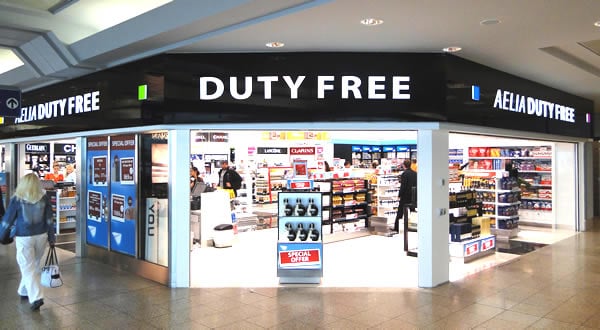
The majority of UK consumers say they were dissatisfied with their experiences as customers in 2021, according to the 2022 Consumer Trends report from Qualtrics.
The study of people’s experiences with companies in 2021 drew insights from over 24,000 respondents across 24 countries, including 1,000 people in the UK. In this country, 7 in 10 believe customer experiences need to be improved, with poor customer service cited as the second most important reason for cutting spending with a brand. Prices and fees are the top reason.
The 2022 Global Consumer Trends report comes as the pandemic continues to impact operations around the world and makes clear that consumers are missing a personalised, human element in their relationship with businesses. 62 per cent of global consumers, and 47 per cent from the UK, said companies need to care more about them and 63 per cent of all consumers (UK 45 per cent) said companies need to get better at listening to their feedback.
The economic risk associated with delivering poor customer experiences are heightened by the fact that companies are desperate to fill jobs in customer service and hospitality, leading in some cases to “skimpflation” – when companies are forced to cut back on services, hours, or quality.
While the latest UK unemployment rate has fallen to 4.3 per cent from a pandemic high of 5.2 per cent seen in October to December 2020, there are still 1.17 million job vacancies. This is the highest in over 20 years and 388,000 more than the pre-pandemic figure in January-March 2020.
Prices also continue to climb. The Consumer Prices Index for October 2021 rose by 4.2 per cent in the 12 months to October 2021, up from 3.1 per cent in the 12 months to September. This is the highest 12-month inflation rate since November 2011, when it was 4.8 per cent. This means businesses will need to address customer service gaps and provide stellar customer experiences to make up for rising cost of goods.
“As people’s expectations have changed, companies haven’t kept up, perhaps waiting for the world to revert back to ‘business as usual’. Well, that’s not going to happen,” said Bruce Temkin, head of the Qualtrics XM Institute. “As customers flocked to digital over the past 18 months, companies have made some initial changes but have failed to consistently respond, leading to fragmented and frustrating customer journeys and support as they switch from one channel to the next.”
This massive churn in the employment market creates a new challenge for businesses aiming to improve their customer experience ahead of the busy festive season, and it could have a major impact on bottom lines. A recent Qualtrics study found that more than half (53 per cent) of consumers globally have cut spending after a single bad experience with a company. And 40 per cent of UK consumers say they would buy more from a company if it treated them better.
“Customer experience ratings and the likelihood of customers to recommend a product or service to a friend saw a comeback in 2021 after dramatic drops during the early days of the pandemic in 2020,” said Temkin. “Continued changes in 2022, including macro-economic pressures, supply chain problems, and a labour shortage threaten to deal a wallop to vulnerable companies as customers switch providers in a quest to find better service.”








Share